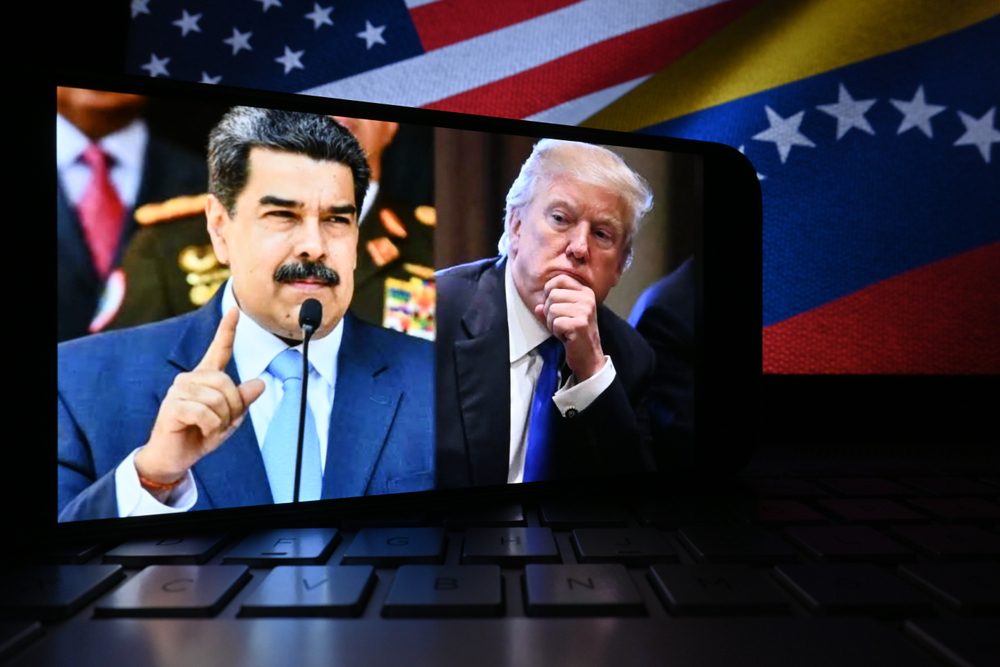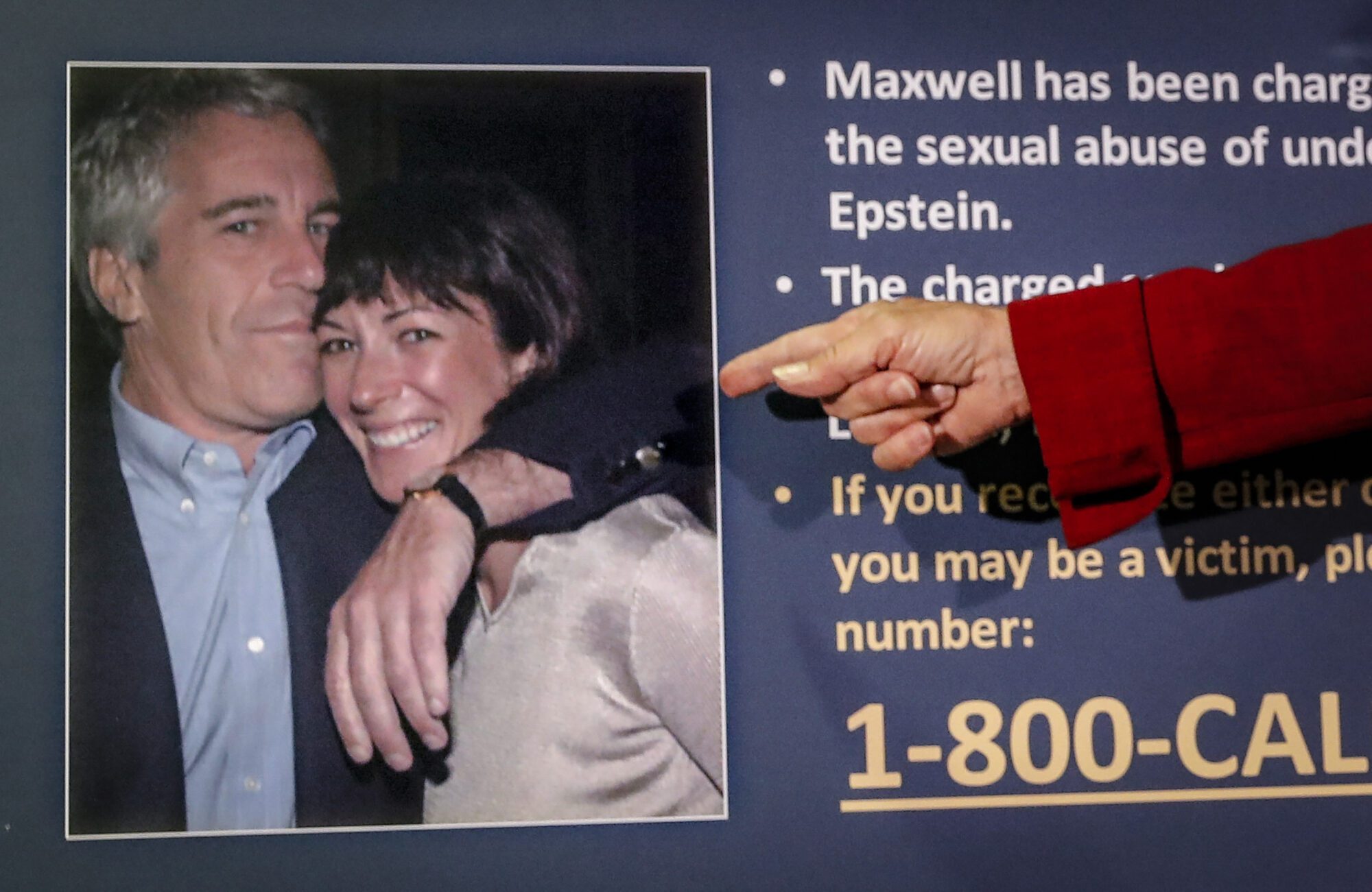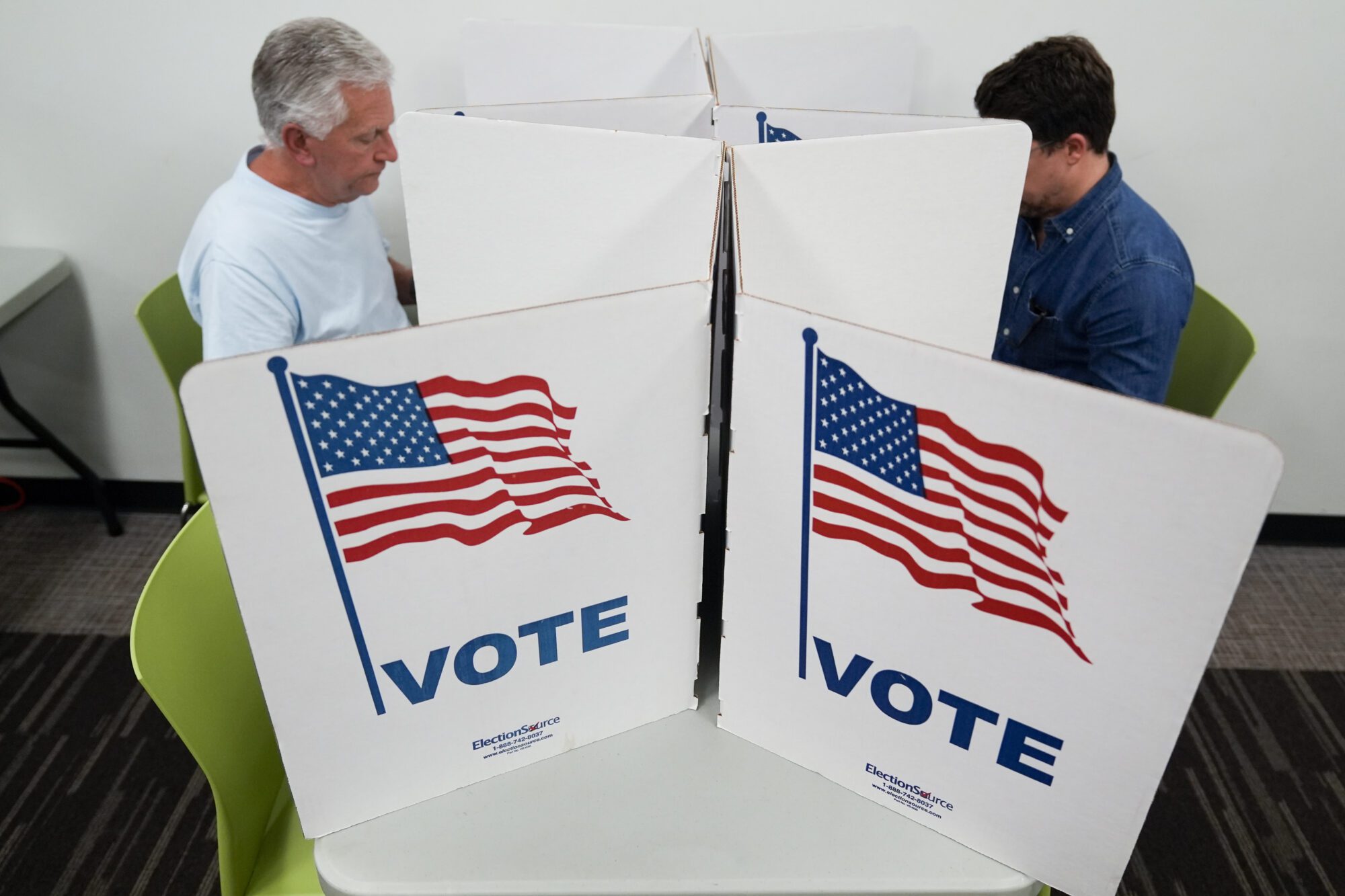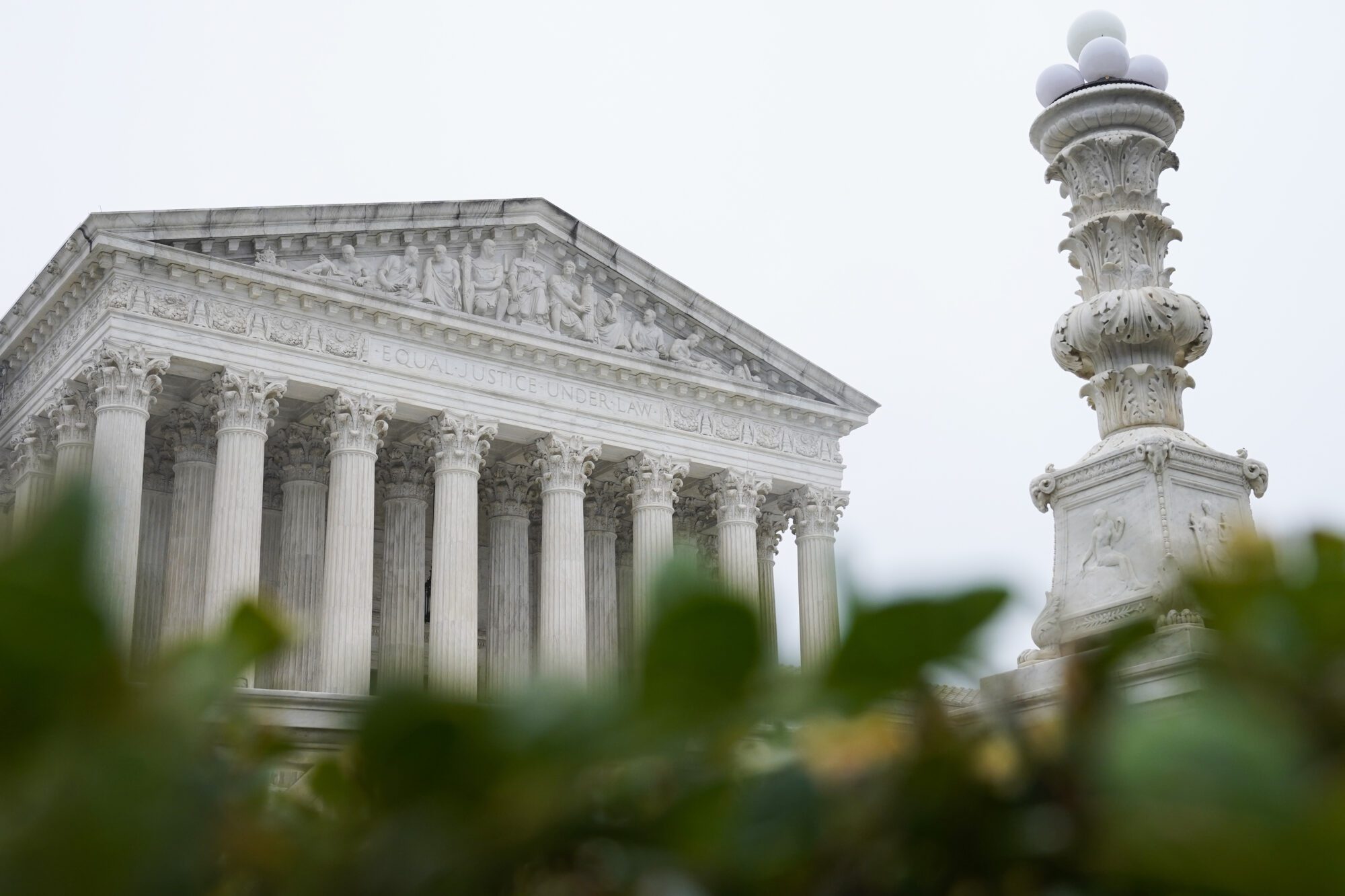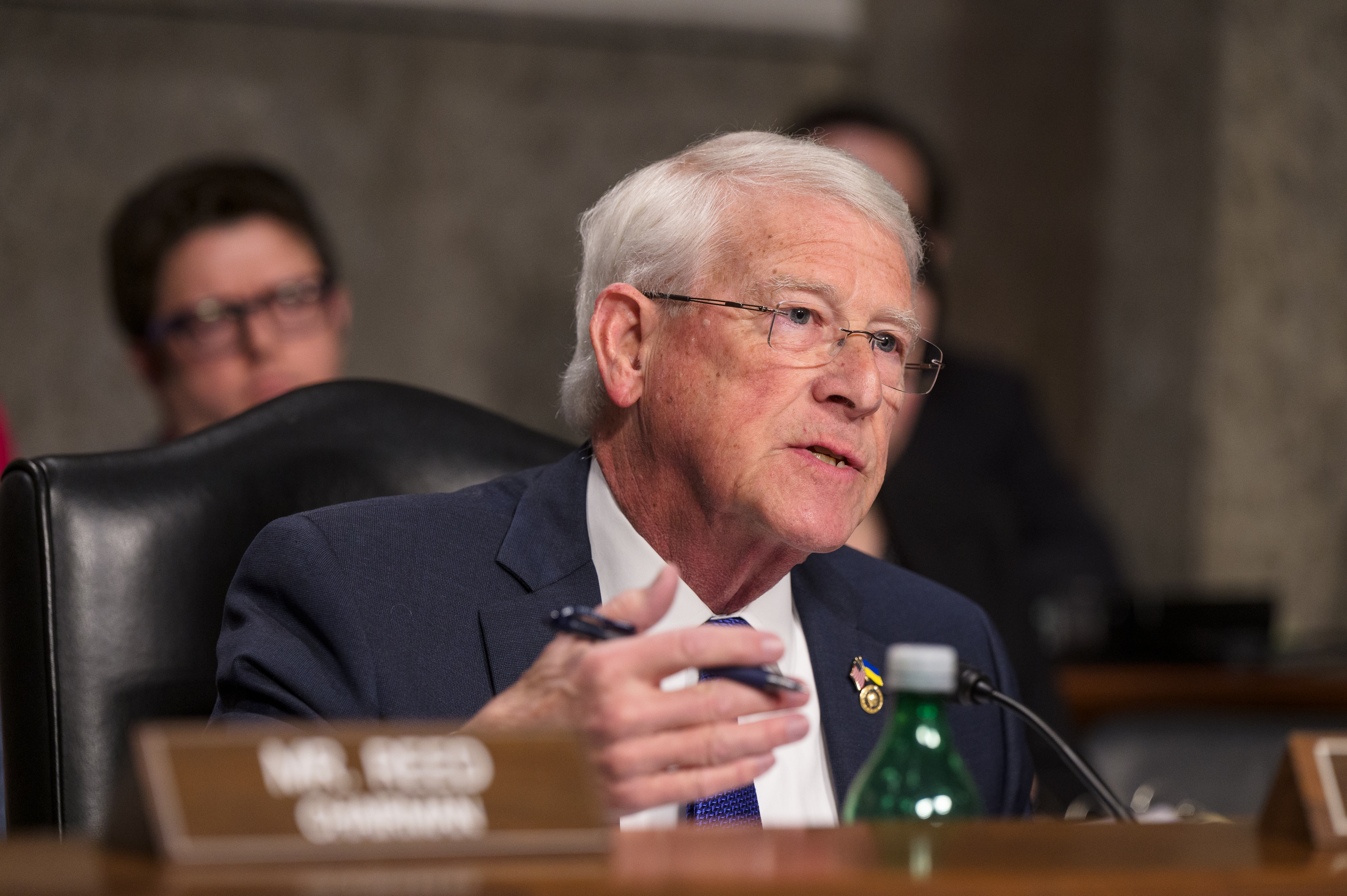
Sid Salter
- Columnist Sid Salter says Trump’s plan to make funding cuts at NPB, NPR, and USAID is a rare presidential move, but certainly not a strategy of his creation.
Much of the legitimate news commentary and almost all of the social media missives praising or damning last week’s congressional approval of President Donald Trump’s $9 billion rescission package at least inferred that Trump was engaging in unprecedented actions and expanding presidential powers in a nefarious manner.
To be sure, Trump’s plan to make funding cuts at National Public Broadcasting, National Public Radio, and the U.S. Agency for International Development is a rare presidential move, but certainly not a strategy of Trump’s creation.
The Constitution clearly gave the power of the purse to Congress in Article 1, section 9, clause 7: “No Money shall be drawn from the Treasury, but in Consequence of Appropriations made by Law; and a regular Statement and Account of the Receipts and Expenditures of all public Money shall be published from time to time.”
In Article III, the Constitution charged the U.S. President to “take Care that the Laws be faithfully executed.” In reviewing his duties in a matter that would take a few years to settle, President Thomas Jefferson noted in his 1801 State of the Union address that Congress had appropriated money to build more gunboats than were necessary for the nation’s security.
Jefferson wrote: “How far the authority given (Congress) for procuring and establishing sites for naval purposes has been perfectly understood and pursued in the execution, admits of some doubt. A statement of the expenses already incurred on that subject shall be laid before you. I have, in certain cases, suspended or slackened these expenditures, that the (Congress) might determine whether so many yards are necessary as have been contemplated.”
In short, Jefferson made the first recorded presidential impoundment of Congressionally-appropriated funds. Moving forward, that power of impoundment existed for every president but was not widely used in any extraordinary way until the administration of President Richard Nixon in the early 1970s.
Trying to stem growing inflation, Nixon impounded U.S. Environmental Protection Agency funds for a New York project. Congress enacted the Congressional Budget and Impoundment Control Act of 1974 (ICA) which essentially removed the presidential power of impoundment without congressional approval.
The subsequent 1975 Supreme Court ruling in Train v. City of New York removed certain loopholes in impoundment and held that a U.S. president cannot use impoundment to impede the will of Congress. Russell E. Train was the EPA administrator at that time.
The ICA set up the model used by Trump this year, requiring that the president propose rescission of specific funding and then wait for 45 days for both houses of Congress to approve the proposed rescission. In the vast majority of cases, presidential rescission proposals have simply been ignored by Congress.
But armed with Republican majorities in both chambers, Trump was able to push through passage of the rescission package.
The ICA likewise empowers Congress to initiate its own rescissions, which must pass both chambers and gain the signature of the president.
With the passage of the “Big Beautiful Bill” and the $9 billion rescission bill, Trump and the GOP-controlled Congress have enjoyed two powerful wins. The next test for the efficacy of those wins with the voters will come in the 2026 congressional mid-term elections.
Retired Emory University political scientist Adam I. Abramowitz enunciated the old “iron law” of politics: “One of the few iron laws of politics is the loss of seats by the president’s party in midterm House elections. Since the establishment of the two-party system in 1860, this “law” has been broken only in 1934. In midterm elections from 1906 through 1982, the party controlling the White House lost an average of 36 seats.”
In the 2018 midterms during Trump’s first term, Democrats took control of the House from the GOP. But if voters ratify the recent GOP spending and rescission bills enacted by the current Congress by reelecting them, Trump will continue to make dramatic policy changes.
